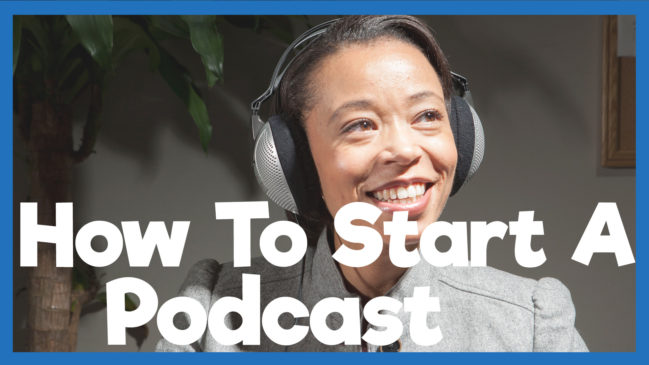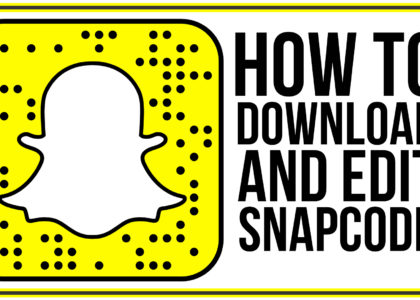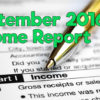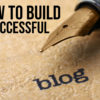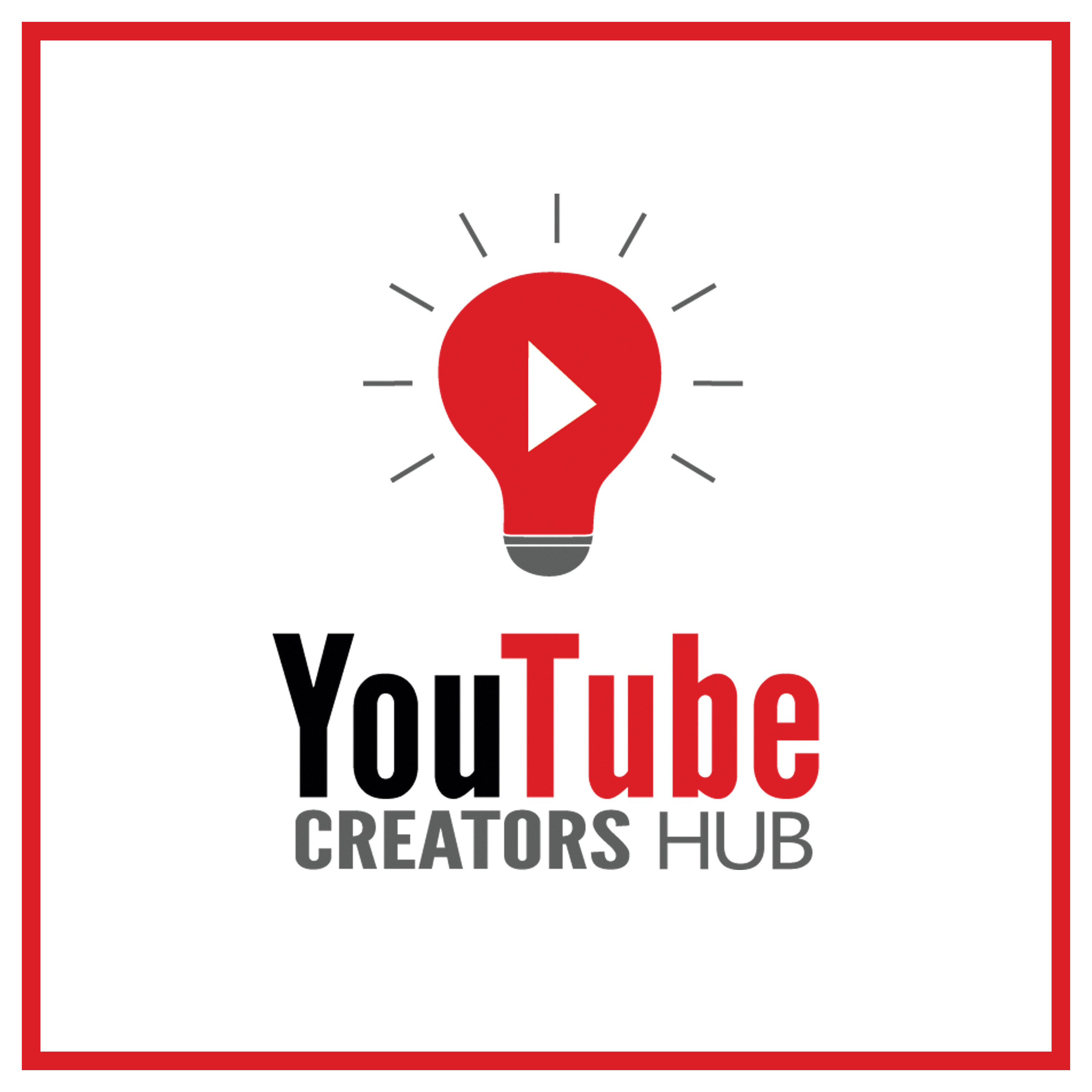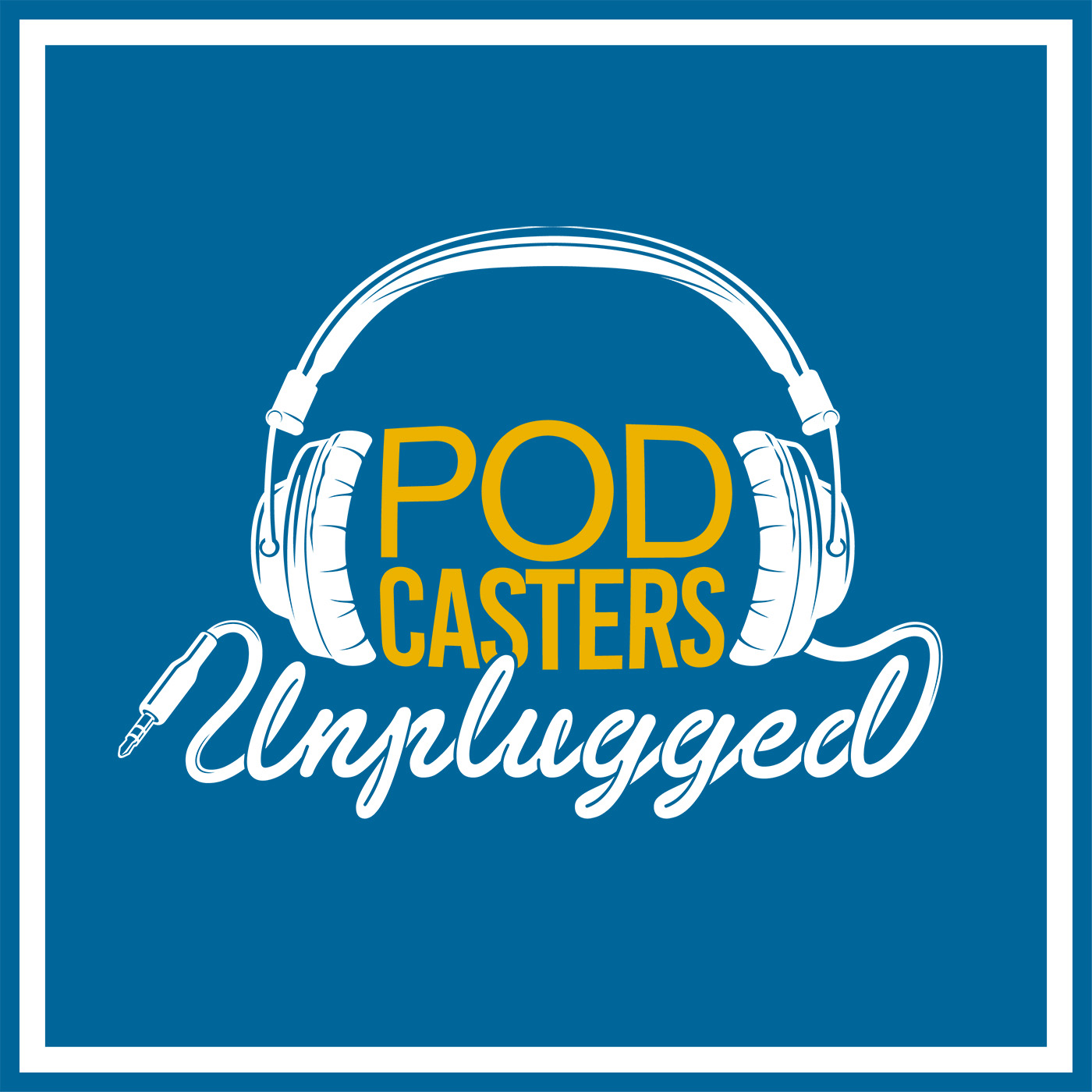How To Start A Podcast
In this article, I am going to talk about something that I am extremely passionate about. PODCASTING. If you are thinking about starting a podcast, there are some things that you will need to know before you start and during the process. I am going to take my knowledge from creating over 250 audio podcasts and 125 interviews.
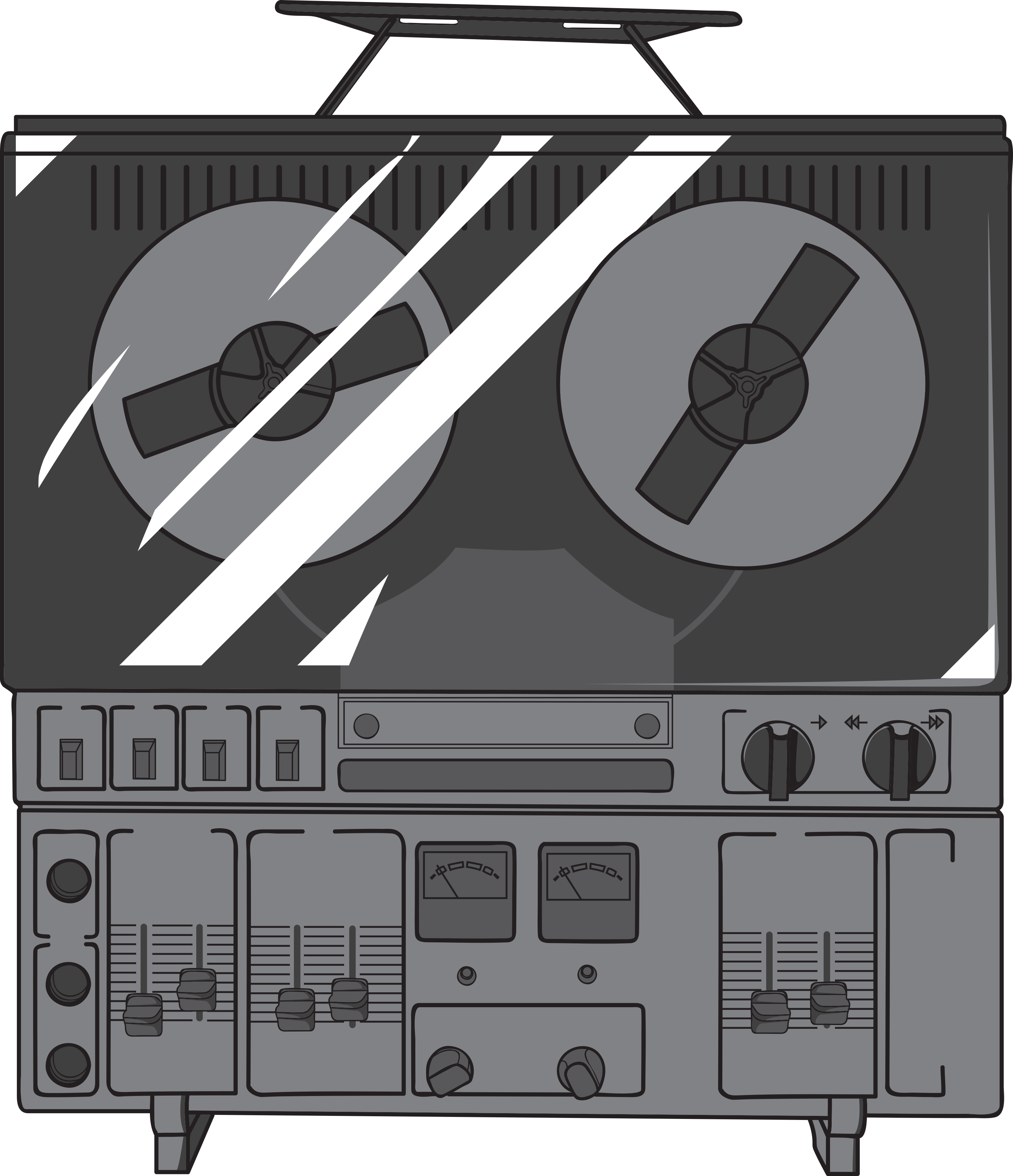
The Podcast Movement Is Here
The time is now for podcasting, and if you are a Doctor, Business Owner, Public Figure, or almost anything else you are losing networking opportunities if you do not have a podcast. I do a show called “Podcasters Unplugged” where I interview different podcast hosts about their journey in podcasting. You would be SHOCKED at the types of people that are doing audio content, AND the results that they are getting are astonishing. There may not be any better way to network and market your content online other than video.
Podcasting Is Here To Stay
A lot of times people look at the iTunes store and think that there isn’t any room for their content. This could not be further from the truth. The beautiful thing about podcasting is that your voice/personality IS THE SHOW. You are unique, thus making your show different than anything else out there.
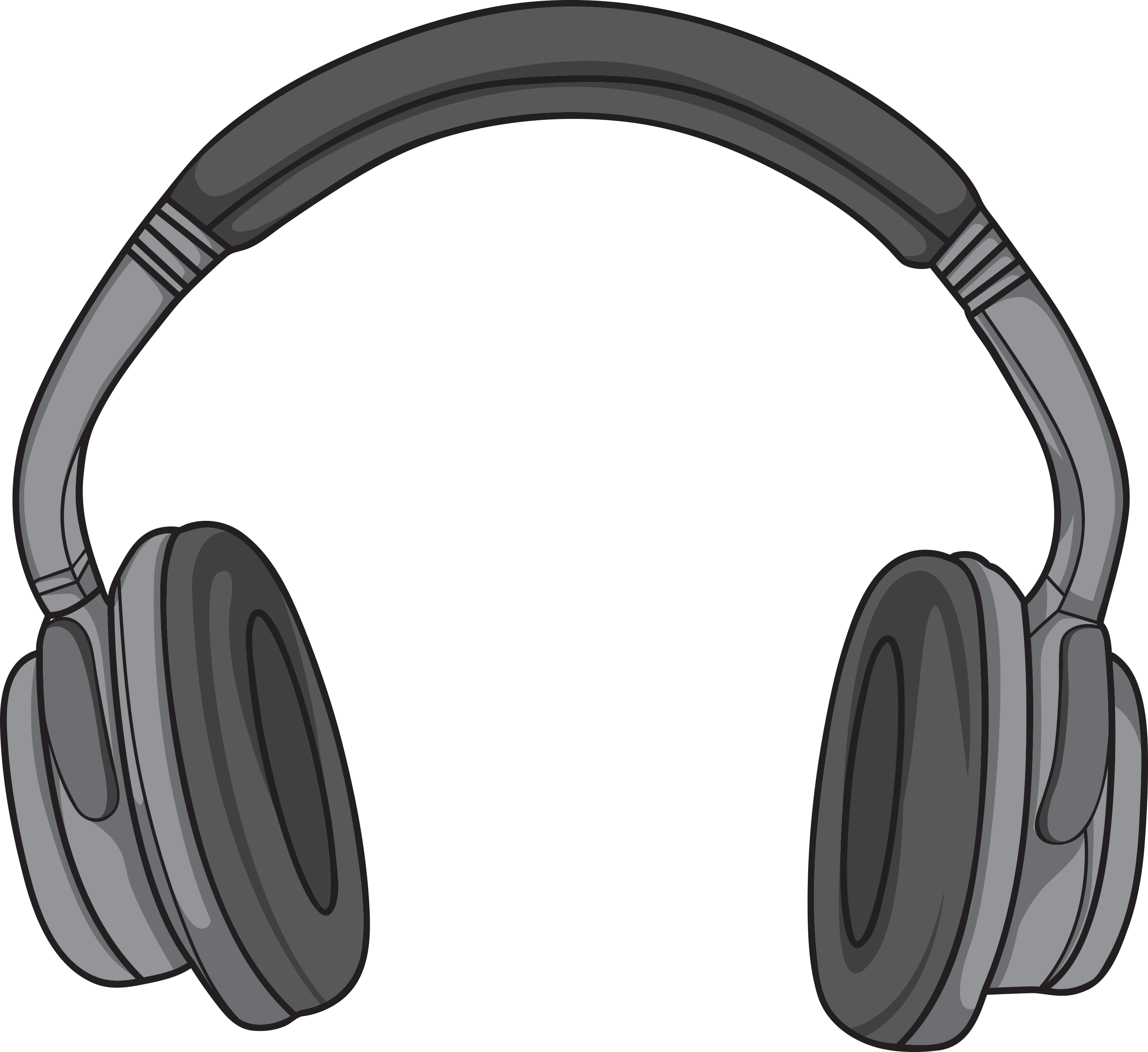
Podcasting Benefits For Business
1.) Podcasting Is On Demand
People love content that they can access immediately and whenever they want. Along with streaming music and video, podcasting allows the audience just to pick up their device and begin listening when and where they want. With podcasting, similar to YouTube content, people can subscribe to the podcasts they enjoy listening to and be notified when new content is published.
2) Podcasting Diversifies Your Content Marketing
As a business, you should already be creating video and written content, and podcasting is just another form of putting your brand out there. Also, think of ways you can republish your content. If you have a blog post, why not record a podcast focused on that particular post. You will be targeting two different groups of people. Re-purposing content is key in content marketing, and podcasts make this much easier.
3.) Podcasting Is The Best Way To Network
I have not found a better way to connect with like-minded individuals than podcasting. When I do interview-based shows, I am always getting in touch with people in my space, as well as making connections that end up paying off in the long run. Also, just building your circle of influence is a fantastic way to grow your brand.

Steps To Starting A Podcast
Alright, now that you see the benefits of starting a podcast, let’s talk about the “how” part of it. Creating a podcast may look like a daunting task, but if you break it down into a few different parts, it’s not bad at all.
1.) Purchase Audio Equipment
Obviously, if you are going to start a podcast, you are going to need equipment to record with. I am going to break down the different items you will need to produce a great sounding show.
- USB Microphone — The Blue Yeti is my recommendation for an excellent starting USB microphone.
- Headphones (This is important because when you record interviews and just, in general, you are going to want to listen to how you and your guest sound). — The Audio Technica ATH-M50X headphones are what I use, and I highly recommend them to anyone getting into podcasting.
- Recording and Editing software — You can decide to purchase audio software, OR you can use something like Audacity that is free and is PERFECT for podcasting. If you are going to buy software, I recommend Adobe Audition.
2.) Record and Edit Your Podcast
Brainstorm ideas as to what you want your first few episodes to be about. I always recommend that you launch your podcast with ATLEAST 3-5 episodes. There are some reasons for this, BUT the main one is that you are more likely to be noticed by iTunes and listeners if it looks like your show is consistent.
Set a time limit at the beginning of your show and stick with that for the remainder of your podcasts life. It is important for your episodes to be somewhat consistent in time, so your audience knows what to expect each week when they download your content.
ALWAYS test your equipment before recording to make sure your levels are right, especially if you have a guest. One of the mistakes I made, in the beginning, was having an interview with a guest and not pressing record!
After you have finished recording your audio, it is now time to begin editing your podcast. This is my favorite part, BUT most people don’t enjoy it. Listen to your ENTIRE show and remove unwanted parts of the audio, as well as other areas of the show that need to be added such as the “Intro and Outro” (I use Fiverr and Music Radio Creative to do all of my podcast intros/outros.
3.) Design Your Cover Art
As with thumbnails on YouTube, A podcasts cover art is the doorway to your content AND could be the reason someone listens to your show for the first time. The cover art for your show should stand out and be colorful. I always use 99Designs to crowdsource the design of my podcast artwork.
4.) Create A Feed For Your Podcast
This is where a lot of people get stuck. When you hear people talking about their podcast RSS feed, this is what they are referring to.
Find a program that will help you in making an XML document for the RSS feed of your podcast. I use a company called Libsyn to host my audio, and they make it very easy to locate and use your RSS feed to distribute your podcast to places like iTunes.
5.) Publish and Submit Your Podcast
Now it’s time to release your show onto different platforms such as iTunes, Stitcher, and Google Play. To do this, you will need to find your RSS feed (This will be found within your hosting provider such as Libsyn). iTunes and other distributors will ask for your RSS feed. Just copy and paste your feed from your hosting provider into iTunes and you are ready to go! It will automatically update when you publish your audio on your content host.
6.) Promote – Promote – Promote
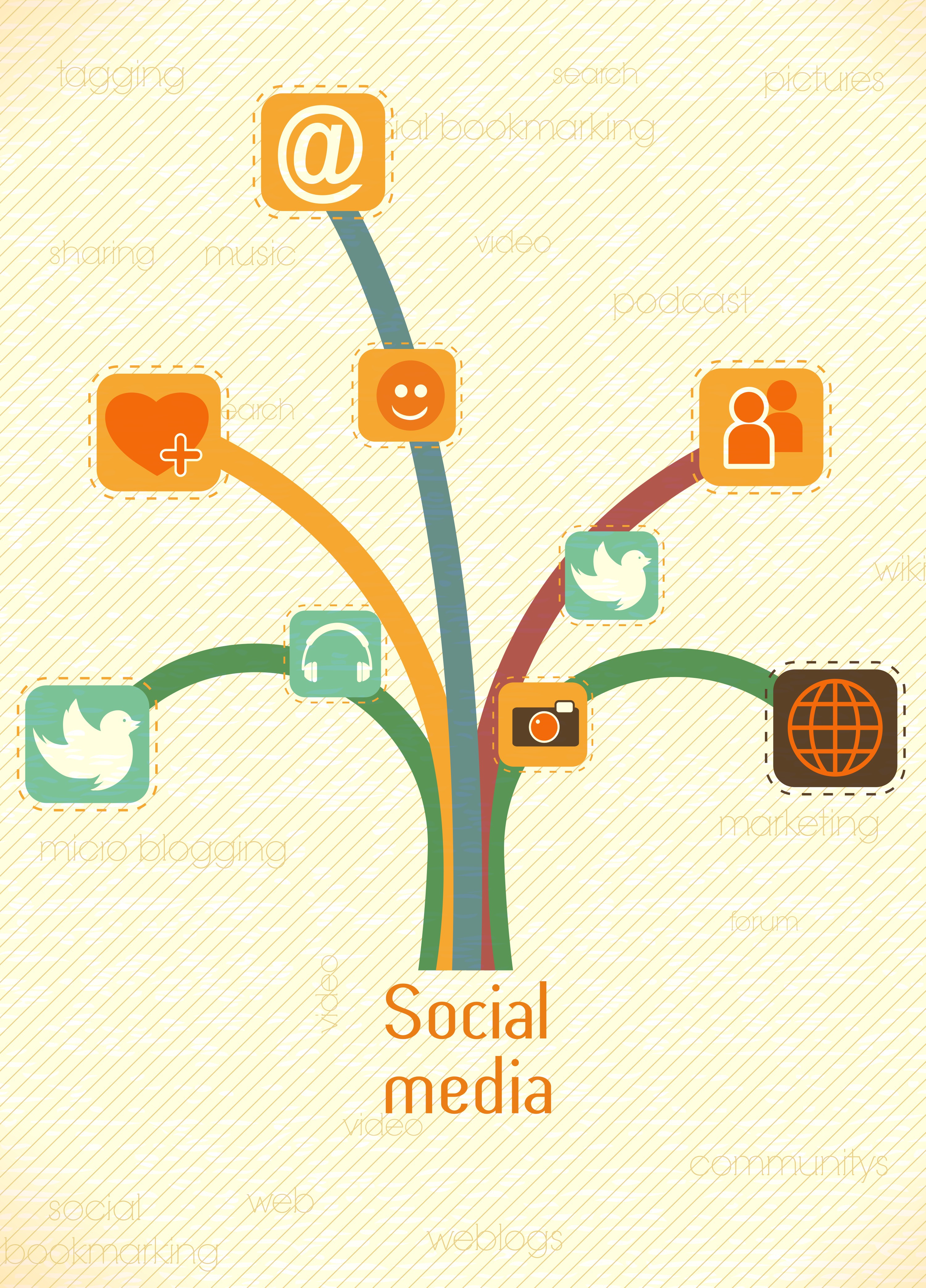
Congratulations! Your show is live, and it’s now time to begin sharing and promoting your content. Utilize all of your social media outlets such as Twitter, Facebook, Pinterest, and yes even YOUTUBE. I always upload a video version of my episodes to my YouTube channel to reach that audience as well.
Include the link to all your podcasts on your profiles, and also make a Facebook post/tweet/email about each episode as it is published.
Here are some more ideas for promoting your podcast:
- Interview a local celebrity who has a lot of followers (To gain their audience as well as yours)
- Upload a video version of your podcast to YouTube and Vimeo
- Include a link to your podcast in your Amazon author profile if you have one
- Make an agreement with another podcaster in your field to promote each other’s podcasts.
Other Things To Remember When Starting A Podcast
- Re-Purpose Old Content (Use an old blog post to pull content from to reinvigorate older content)
- Batch record multiple episodes in one day and have at least 12-15 episodes recorded and ready to publish at any time. This will help if you have an emergency come up, you will still have content to fall back on.
- Listen to other successful podcasts to get a feel as to what they are doing, and try and mimic that on your show.
- Include show notes on your blog. This allows for you to point back to a link for your listeners to go back to recap what happened in that specific episode.
In the end, just make sure you are consistently creating valuable content for your audience to consume. Also, DO NOT get discourage with your download numbers. If you are creating content, consistently you will build an audience!
My other content that will help you on Your podcasting journey:
Podcasters Unplugged – My interview-based show, where I interview successful podcast hosts about their journey in podcasting.
